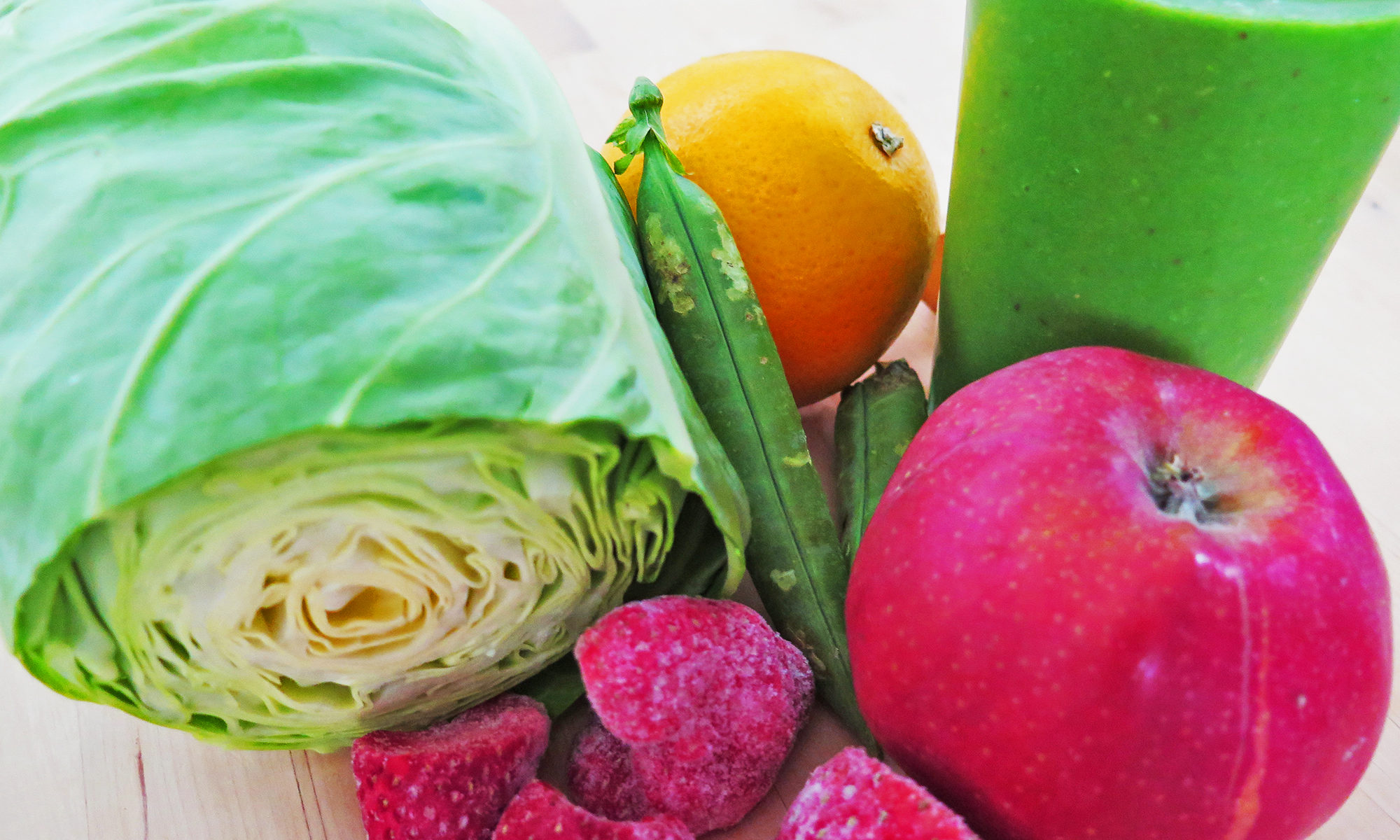
My own reflection and experience with the boost of vegetable intake and subsequent change of the profile of gut bacteria, have made me aware that the diminishing appetite is also accompanied with a change in my general psychic state, towards less anxiety.
Reflecting on this effect I found that for me personally hunger and unconscious fear are intimately connected. I think that it is not so strange that the organism may generate fear as a response to hunger, since for millions of years hunger has been the greatest threat to existence.
If one can accept this, then one can perhaps also accept that the absence of hunger may have a profound effect on the level of anxiety,- that one carries around.
There is a lot of evidence that the psyche and eating is closely linked and often is a great individual challenge. There are today 30 million Americans with eating disorders and it is asserted that approximately 10% of westerners will be affected by an eating disorder at one point of their life.
I’ve never myself been diagnosed with an eating disorder but I did physically feel terribly inadequate as a teenager. I responded by engaging in sports to the extend that for certain periods in my life one might consider it a mild case of training disorder. I lost weight and accompanied with this felt much better. When for periods I stopped training due to injuries etc. I quickly regained the lost weight, – and felt terrible.
We talk about eating to feel happy and as a reaction to diminish stressful emotions, anxiety and sorrow. Some abstain from food to regain a feeling of control of their life or to gain strength in circumstances that seems threatening. We can probably all relate to at feeling of guilt when we overeat and perhaps even depression with our physical appearance or condition. Finally we see how obese people including children, are traumatized by the surroundings reaction to their condition.
Bottom line for me is that one of the greatest benefits of obtaining relief from excessive appetite e.g. through using the healthy smoothie routine, is the tranquility and absence of anxiety which one may experience.
My own experience was that I was able to sleep better, and my general state was improved with diminished anxiety and stress.
—
4 scientific testimonies of the gut bacteria’s and GLP-1 hormone’s, effect on the parasympathetic system and the psyche:
- A very recent article in The Lancet describes how treatment with GLP-1 has astonishing effect on Parkinson; In 2014 and 2015, 60 patients with Parkinson received GLP-1 or placebo injections. At the end of the study the 31 patients that received GLP-1 had not worsened, but their Parkinson had decreased. The 29 patients receiving placebo had worsened. We are likely to hear a lot about this in the near future, as it is a significant medical breakthrough.
- Rodent studies have shown that GLP-1 can stimulate rats to improve memory.
- A study in the UK has shown that GLP-1 has a positive effect in stopping the further development of Alzheimer. Very large studies involving thousands of Alzheimer patients have begun to further study and document these effects.
- That the gut bacteria has an effect on the psyche has been shown with rodents, where nervous mice had their gut bacteria wiped out with antibiotics. Then gut bacteria from normal,- not nervous,- mice was transplanted, and it was observed that the mice then became “not nervous”.


